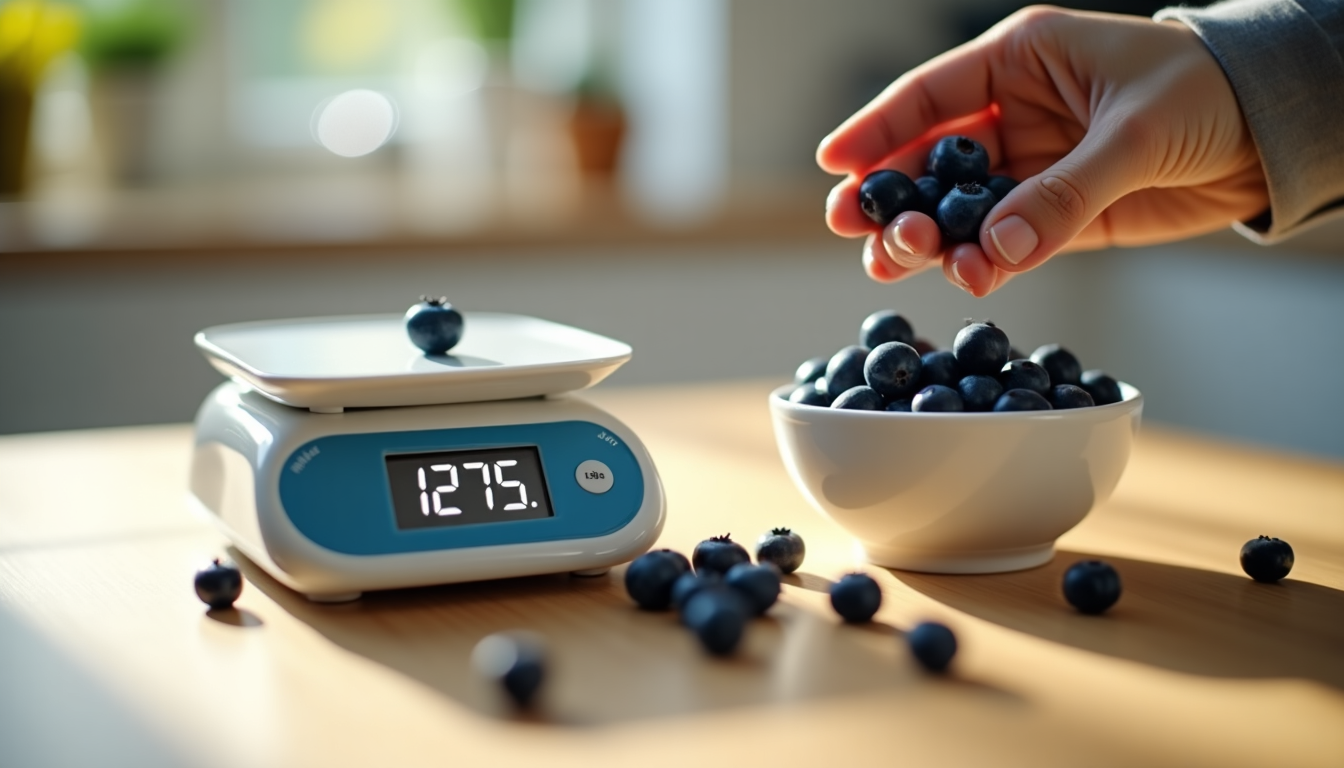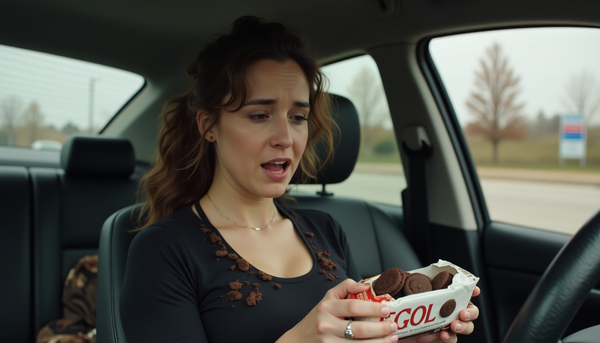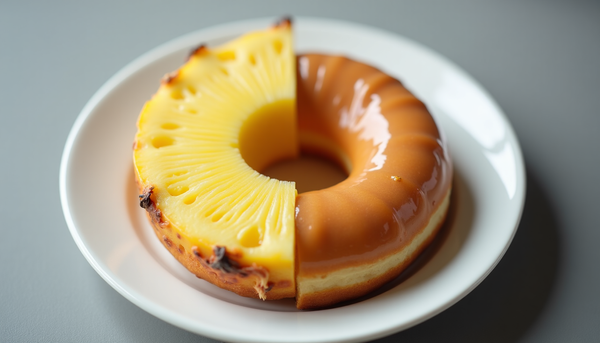Why I Stopped Obsessing Over Calories and Started Food Logging Like a Human

Look, I get it. The thought of logging everything you eat sounds about as fun as watching paint dry while doing your taxes. Been there, counted that. But here's the plot twist - after years of doing it wrong (and boy, did I do it wrong), I finally cracked the code on food tracking that actually doesn't make you lose your mind. 🤪
My Food Tracking Horror Story
Picture this: Me, circa 2019, frantically weighing individual blueberries and having a meltdown over an unlogged piece of gum. Yeah, I was that person. My phone had more food pics than my friends' faces, and I'd regularly ghost dinner invites because gasp - what if the restaurant didn't list their macros?
Spoiler alert: This isn't how humans are supposed to live.
Why Most People Fail at Food Tracking
Here's the tea ☕️ - we've been sold this perfect-or-nothing mentality about food logging. Like somehow if you don't track every microscopic crumb, you're doing it wrong. No wonder 95% of people quit!
The truth? Our bodies aren't Excel spreadsheets, and our meals shouldn't feel like math homework.
The Mindful Tracking Revolution
Here's what changed everything for me: Treating food logging like a curious scientist instead of a strict accountant. Instead of obsessing over perfect accuracy, I started using tracking as a tool for understanding patterns.
Some real talk about what this looks like:
- Sometimes I estimate portions (and the world doesn't end!)
- I focus on protein and fiber first (because honestly, who has time to track everything?)
- I take weekends "off" tracking but still stay mindful
- I use my tracking app as a TOOL, not a RULER
The Actually-Doable Approach
Want to try this human-friendly way of tracking? Here's how:
1. Start With the Big Rocks 🪨
Track your main meals first. Don't stress about that splash of milk in your coffee or the free sample at Costco (we all grab those, right?).
2. Use the "Close Enough" Rule
Is that chicken breast 5.2 or 5.4 ounces? WHO CARES. Seriously. Pick a number and move on with your life.
3. Make it Work for YOUR Life
Some days I'm super detailed, other days I just hit the highlights. Both are perfectly fine approaches.
But What About Results?
Fun fact: Since adopting this more chill approach, I've:
- Maintained a healthy weight WITHOUT anxiety
- Actually enjoy eating out again
- Stopped apologizing for taking up space in the world
- Finally learned what actually works for MY body
The Mental Health Check ❤️
Let's get vulnerable for a sec - if tracking triggers anxiety or obsessive thoughts, PLEASE take a step back. No weight loss goal is worth your mental health. Consider working with a professional who can help you find a balanced approach.
Your Turn to Try
Ready to dip your toes into mindful tracking? Start with just dinner for a week. That's it. No pressure to be perfect, just be curious.
Remember:
- Perfect tracking < Consistent awareness
- Data points = Learning opportunities
- Your worth isn't measured in calories or macros
The Bottom Line
Food tracking can be a game-changer, but only if we stop treating it like a religion and start using it as a friendly guide. It's about progress, not perfection. And sometimes progress looks like having that cupcake and logging it without a side of guilt. 🧁
Who's with me on this more human approach to food tracking? Drop a comment below about your biggest tracking frustration - let's problem-solve together!
P.S. If you're still weighing your lettuce leaves, we need to talk. 😉
Remember, I'm just sharing what worked for me after years of trial and error. Always check with your healthcare provider before making major changes to your approach to nutrition!




